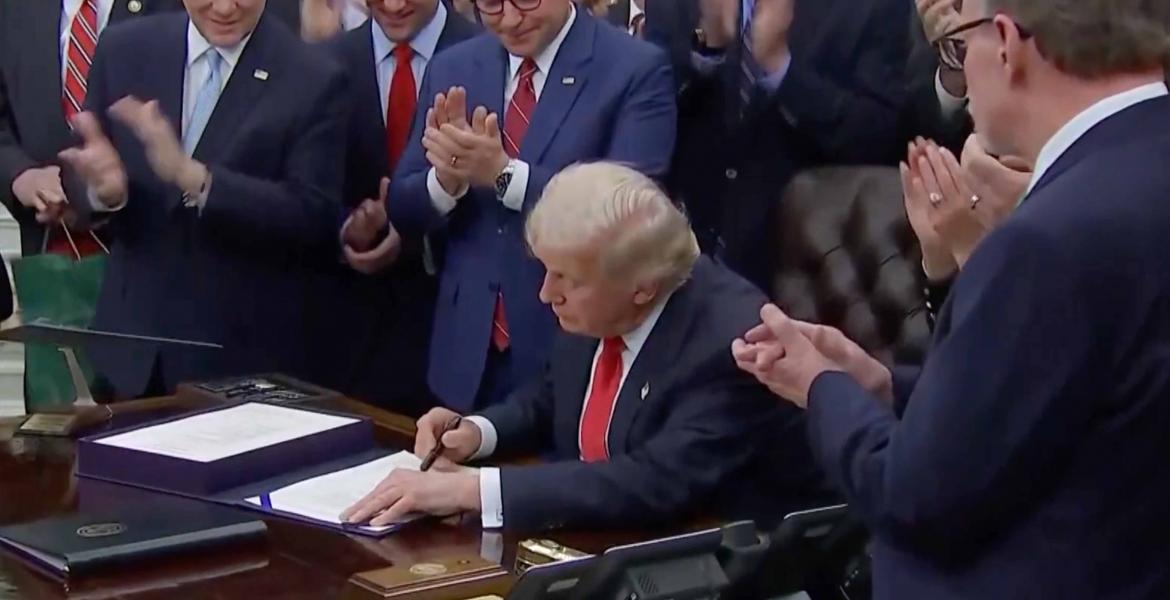WASHINGTON, D.C – This week, Treasury and the IRS will start to send nearly 4 million Economic Impact Payments (EIPs) by prepaid debit card, instead of paper checks. EIP Card recipients can make purchases, pull cash from in-network ATMs, and transfer funds into their personal bank account without incurring any fees. They can also check their card balance online, by mobile app, or by phone without incurring fees. The EIP Card can be used online, at ATMs, or at any retail location where Visa is accepted. This free, prepaid card also provides consumer protections available to traditional bank account owners, including protections against fraud, loss, and other errors.
Treasury has already delivered more than 140 million Economic Impact Payments worth roughly $239 billion to Americans by direct deposit to accounts at financial institutions, Direct Express card accounts, and by check. The Treasury-sponsored EIP Card is an additional method to provide money efficiently and securely to eligible recipients and their families. EIP Cards are being distributed to qualified individuals without bank information on file with the IRS, and whose tax return was processed by either the Andover or Austin IRS Service Center.
“Treasury and the IRS have been working with unprecedented speed to issue Economic Impact Payments to American families. Prepaid debit cards are secure, easy to use, and allow us to deliver Americans their money quickly,” said Secretary Steven T. Mnuchin. “Recipients can immediately activate and use the cards safely.”
Treasury’s financial agent, MetaBank, will mail EIP Cards to eligible recipients beginning this week. Each mailing will include instructions on how to activate and use the card.
The EIP Card is part of Treasury’s U.S. Debit Card program, which provides prepaid debit card services to federal agencies for the electronic delivery of non-benefit payments. MetaBank was selected as Treasury’s financial agent for the U.S. Debit Card program in 2016, following a competitive selection process conducted by the Treasury’s Bureau of the Fiscal Service.
Subscribe to the LIVE! Daily
Required






Post a comment to this article here: